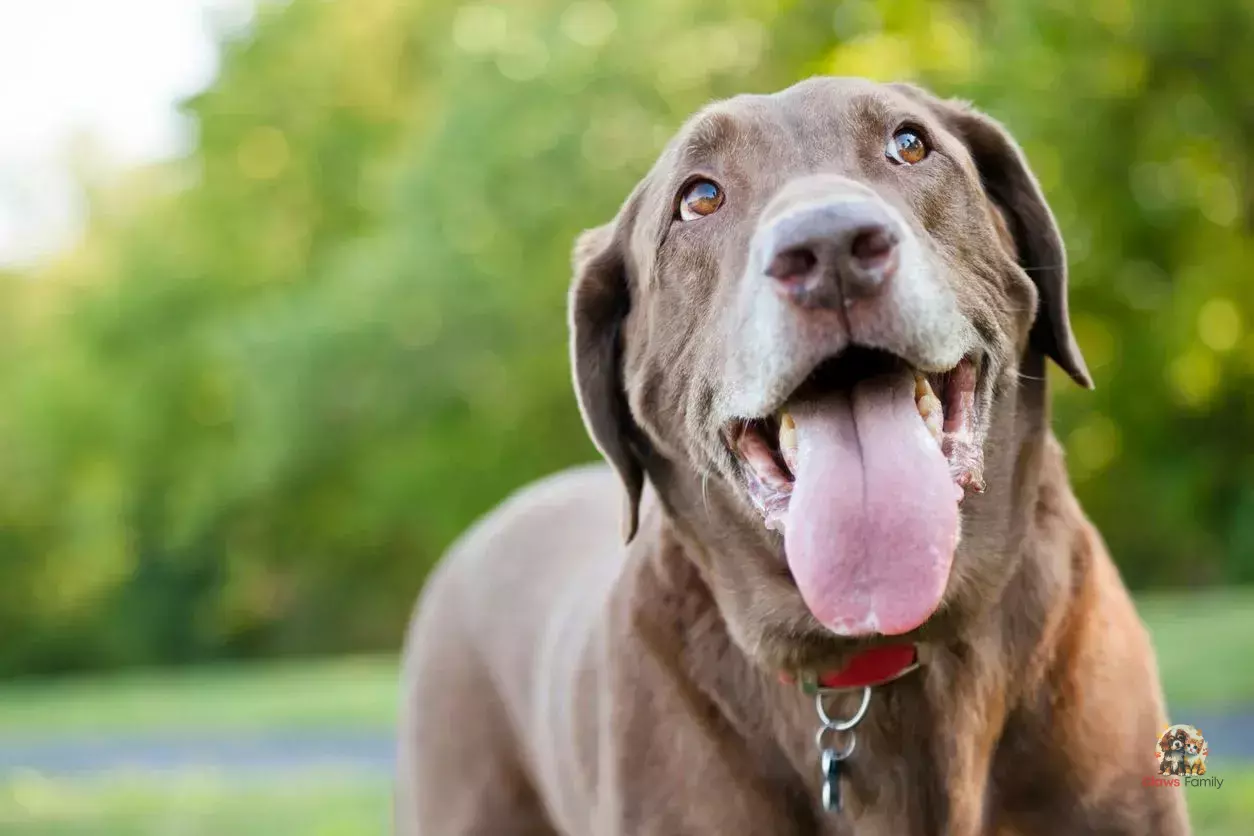The intestinal microbiome of dogs with colon-rectal tumors has a different structure compared to healthy controls, according to a study by Kristin MV Herstad and colleagues published in PLOS ONE.
Epithelial colon-rectal tumors, though less frequent, do occur in dogs, showing several similarities to the form that affects humans. In humans, it has been demonstrated that one of the factors contributing to the onset of such tumors is an alteration of the intestinal bacterial component. However, little is known so far about its role in canine tumor pathogenesis.
To investigate this, Norwegian researchers compared the fecal microbiota of dogs with colon-rectal tumors (n=10) with that of healthy specimens (n=13). They also examined the bacterial component associated with the mucosa of the tumor tissue versus adjacent non-tumor tissue. Here are the main findings obtained through various analytical techniques:
The Structure of the Fecal Microbiota in Tumor-Bearing Dogs Differs from That of Healthy Controls
In comparing the fecal bacterial communities of the tumor group and the controls, the following was observed:
- At the phylum level, Firmicutes, Bacteroidetes, Proteobacteria, and Actinobacteria were overall the most abundant, with Proteobacteria significantly overexpressed in the tumor group and a lower presence of Actinobacteria.
- At the genus level, both groups exhibited high abundances of Megamonas, Prevotella, Bacteroides, Fusobacterium, Blautia, Clostridium, and Faecalibacterium.
- Age and sex did not influence the fecal bacterial composition.
Using the LEfSe technique, 28 oligotypes were identified as differentially expressed between the two groups:
- Samples from the tumor group were characterized by oligotypes associated with Enterobacteriaceae and a lower abundance of those affiliated with Bacteroides, Helicobacter, Porphyromonas, Streptococcus, Peptostreptococcus, and Fusobacteriaceae.
- The control group, in contrast, showed a high expression of oligotypes linked to Clostridium XI, Faecalibacterium, Collinsella, an unclassified Lachnospiraceae, and Blautia, with reduced presence of those including Clostridium XIVa, Ruminococcaceae, and Slackia.
The Microbiota Structure of Tumor Tissue Does Not Differ from That of Adjacent Non-Tumor Tissue
Analyzing the bacterial component at the mucosal level showed that:
- Although a higher expression of Helicobacteriaceae, Enterobacteriaceae, and Bacteroides spp. was found in tumor mucosa, it is not possible to determine with certainty if their presence in this area is exclusive, given the lack of analyzable samples from healthy controls.
- The proportion of live bacteria appeared higher in non-tumor tissue, especially for Lachnospiraceae, Oscillibacter, Roseburia, Ruminococcaceae, and Slackia. However, these results did not reach statistical significance.
Lastly, no differences in bacterial richness and homogeneity were detected between the two groups, comparing both fecal and mucosal tumor and non-tumor samples.
In conclusion, we can affirm that dogs with colon-rectal tumors generally exhibit a different intestinal microbiome from healthy specimens, though this difference is not maintained in the comparison between tumor tissue and adjacent non-tumor tissue.
Further and larger studies are therefore needed to explore the role of the bacterial component in the development of colon-rectal tumors. The goal is also to determine whether the bacterial alteration identified here is the cause or the consequence of tumor onset. Factors such as age and diet should also be considered to evaluate their potential impact on the microbiome itself.
More: Dog Health


